
It’s no wonder so many of our romanticized utopian fantasies involve canals and bicycles… Amsterdam is in our dreams whether or not we’ve ever visited!
We arrived in Amsterdam to start this journey, a driving trip around France for myself, Adriana and my parents, but we start here so Adriana and I could present at the “Unofficial Histories” conference held at the International Institute of Social History in Amsterdam. We arrived a couple of days before the conference, which gave us a chance to overcome our jet lag, and also to do some walking around town, and obligatory museum visits.

One of the many gorgeous 17th century paintings documenting the enormously self-satisfied new bourgeois at the heart of the early Dutch imperialism…
We started with the Rijksmuseum, one of the world’s great collections. Having just read Russell Shorto’s excellent history of Amsterdam (“A History of the World’s Most Liberal City”), I loved doing an intensive visit of the 2nd floor’s presentation of the Dutch masters of the 16th and 17th centuries, Rembrandt and many others I’ve never heard of. But the images of the new bourgeoisie, the Dutch investors who invented the multinational corporation, who invested in the ships that opened trade with Indonesia, Africa, South America, and even established New York, are remarkable. Combined with landscapes and daily life scenes from that long-ago pre-modern era, the recording of history through these paintings is itself historically fascinating. I felt I was intensively visiting with the newly emergent/triumphant bourgeoisie of Amsterdam’s Golden Era in the early 17th century. The painters of the era brilliantly capture the self-satisfaction and confidence of the newly wealthy. There were even paintings of some of the colonial outposts in “Batavia” (Java in Indonesia), or Recife in Brazil, which do nothing to explain the attitudes of the colonists, or the deep roots of the ethnic tensions that are now percolating throughout the former imperial centers in Europe. Still, amazing to see the forts and trading posts in places that were the beginnings of today’s far-flung networks of global trade.
Later I went over to the Amsterdam Museum to see how it presents the history of this storied city. I got a good (better) sense of the original delta/wetlands and the system of pilings on which everything sits. The evolution of the town is well-presented in the main museum; in one area a large map of the 16th century city has a series of buttons that can be pressed to bring up further images and explanations of the buildings and social activities in each area of town. The city declined during the late 18th and early 19th centuries, but as the Industrial Revolution took off, Amsterdam managed to recover from its earlier loss of empire—though the city’s comfort and prosperity cannot be separated from its centuries-long exploitation of colonies in Indonesia, South America, and Africa.
Prior to entering the full museum though, visitors are shunted into an upstairs exhibit called “Amsterdam DNA” where you are prompted to use a QR code on your museum pamphlet’s back cover as a trigger for various multimedia presentations. I found the whole DNA exhibit terrible, oversimplified, and annoying. In one spot you are invited to climb on a freight bike and a video in front of you plays to show you what it was like to cycle in 1940s Amsterdam. When you ring the bell you flip the video to a contemporary view of the same streetscape. Sorry to say it was hiccup-y and kept stalling. And when it did work, it was so brief as to be meaningless. The one-room DNA exhibit tries to tell the whole history of the city in about 45 minutes, motivated by the staff’s realization that most people weren’t making it through the whole museum. So they created this gimmicky, shallow, and technology-reliant summary as a quick alternative to a more thoughtful and thorough visit to the whole museum.
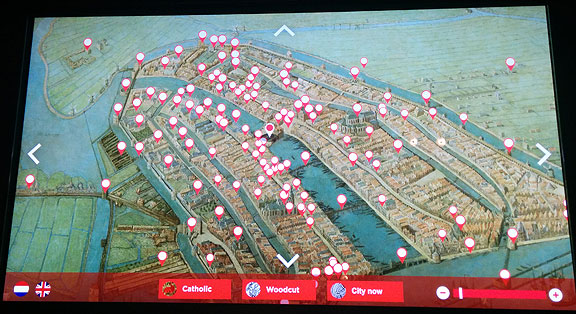
A better use of technology in the main Amsterdam city museum. Each button pops up close-up images and a brief explanation.
I did both the DNA and the rest of the museum, and I was pretty tired by the time I finally got to the end of the chronological presentation. The fascinating story of the Provos in 1965-66 finally appeared in the last room, though I’d seen a number of crusty white bicycles in the courtyard and in a couple of spots around town, with links via QR code to an app that provides a self-guided, multimedia walking tour of Amsterdam following the locations that became famous as a result of the Provo movement.
The app was familiar to me as we have tried a few similar things with Shaping San Francisco. As part of the “Unofficial Histories” conference we were given choices of three walking tours and I took the Provo tour, which was based on the app. Not too surprisingly, audios and videos associated with various stops failed to load or play. Some did, but most didn’t—understandable given that the app was only finished a couple of weeks earlier. But also because most apps don’t work. In our case, tellingly, we had 8 people come for the tour. I was the only one who had pre-downloaded the app to my smartphone. One other attendee had a smartphone that could use the app, but after downloading it he mostly couldn’t get any of the stops to “work” either. One person had a Windows-phone which the app doesn’t support. And the other 5 people were confused. They didn’t have smart phones and didn’t understand why they should bring a device to a walking tour, and most of us had no interest in having a live walking tour mediated by a device, especially when there was a knowledgeable guide on hand to explain things to us (luckily, since the app mostly didn’t work!).
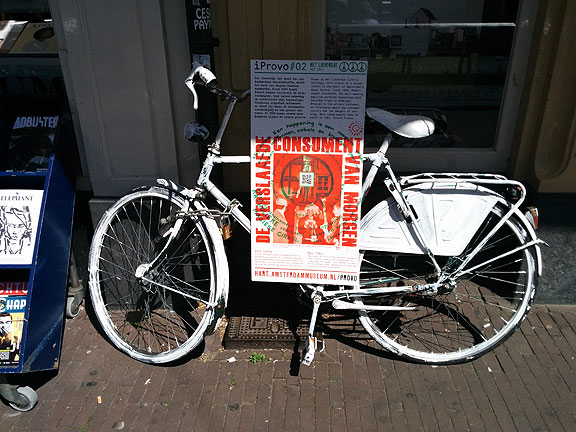
The “Provo” tour, organized by an app for smart phone plus about 30 stops decorated with white bikes and these kinds of plaques, was a wonderful failure!
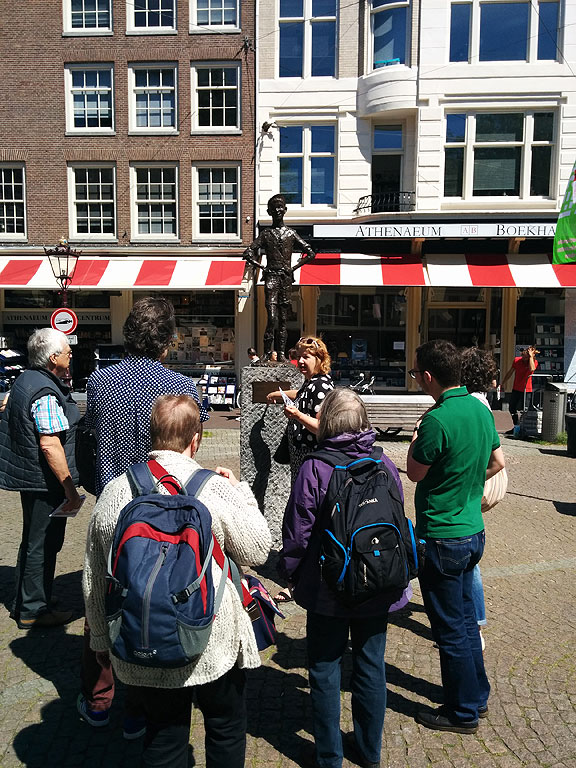
Here we are actually on the tour at the little statue where it all started for the Provos, with the “anti-smoking magician” staging midnight events here in 1965.
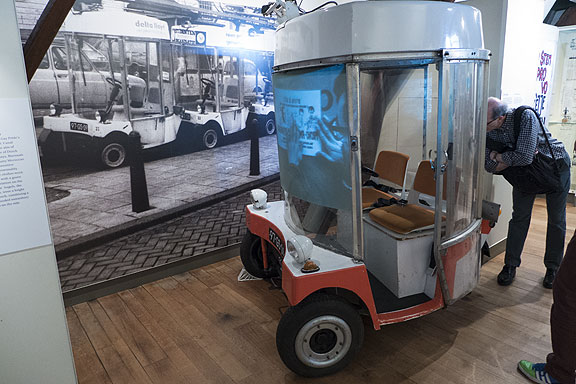
We’ve all heard of the Provo “white bikes” but I didn’t know they also promoted–and created–a white car program, long before carshare schemes!
I admit it made me weirdly happy to have the app/tour fail. Not really schadenfreude, just a comradely appreciation that here a big budget museum had invested a lot in making a “state of the art” tour on a topic that I’m very interested in, but it hadn’t really worked. Given my many technological experiments and failures going back 20 years with Shaping San Francisco—from CD-ROMs and public kiosks to the present online archive at FoundSF.org—it was a relief to see that our no-budget or low-budget efforts were at least as successful as this big(ger) budget effort 15 years into the new century. But even if it does work better going forward (as I’m sure it will)—and I did check out some of the “stops” from afar after leaving the area—two or three photos and a one-minute video or audio don’t really go very far. The fragmentary quality of the presentations preclude a narrative flow, and mitigate against ways of “knowing” that most of us expect when we seek historical understanding. This kind of fragmented, anti-narrative presentation is also true of most people’s experience with the nonlinear archive, a model we use intensively on FoundSF.org.
How do we know history? How do want to know history? Why are some stories resonant and lasting, while others that require critical puzzlement, or ongoing inquiry without “solution,” don’t capture lasting attention? What is the relationship between how non-historians want to know about history, and how historians want to present it? I am sure some history writing has taken this on, and I am far from as well read in the meta-discussions of historical inquiry as I’d like to be.
I hoped that the “Unofficial Histories” conference, or some of the comrades from the History From Below network, would be interested in exploring these kinds of questions, given that we are already working outside of the traditional structures and expectations of academic history. The Amsterdam conference took place in one day divided into four sections, three of which were in turn divided into three options. So nobody could take it all in, and none of the panels were addressed to meta-historical questions. Generally the presenters took interesting looks at histories that go overlooked, e.g. an East German home movie, an abandoned coal mining island off Japan that has become a tourist destination as a “ruin,” a short film on a Bengali grandmother and her effort to revisit her childhood home across the Bangladeshi border imposed by the 1947 partition, A Dutch journalist’s attempt to learn the history of his Nazi-collaborating grandmother, a brief history of the African presence in Amsterdam during the 17th century, and so on. Day two there were three walking tours to choose from, and after we met at the International Institute for Research and Education, another Amsterdam-based lefty thinktank (this one founded by the Trotskyist economist Ernest Mandel) where we saw a screening of the excellent 2-hour documentary by Willy Lindwer on the Provos called “Rebellious City.” This film finally put it all in context and answered my questions about this movement, so curiously similar to and parallel to the Diggers in San Francisco in the same period (1965-66), but of course with its own unique details here in Holland.
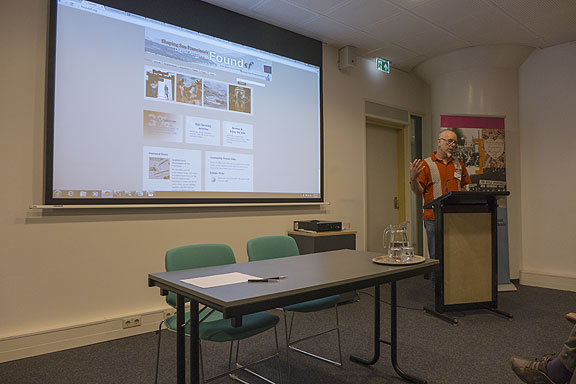
There I am giving the opening presentation on Friday, June 5, at the “Unofficial Histories” conference at the International Institute for Social History.
The Conference was very interesting, and thanks to the organizers and presenters for a well-run effort. There is a keen interest in further consolidating this new network, only a few years old, and continuing to gather regularly. I’m hoping to figure out a way to host an “Unofficial Histories” gathering with a lot of “history from below” attendees both local and international, in the Bay Area in a couple of years. Stay tuned for more on that.
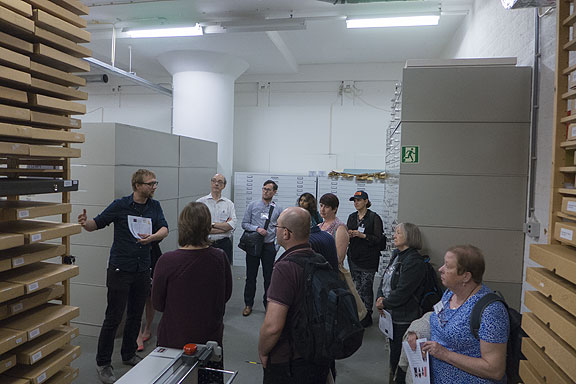
We got a great tour of the International Institute for Social History, and came away awed by their resources, their collections, and the hilarious fact that they are part of some “royal” endowment from the state that ensures the maintenance of the world’s best collection of radical archives.
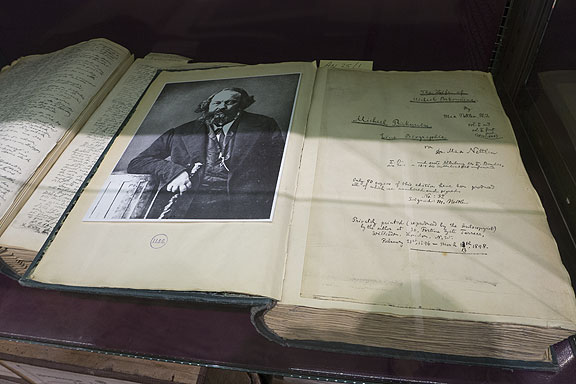
They have original hand-written manuscripts from Marx and Engels, but also this original book of Bakunin’s.
Our trip had only begun though, so after the conclusion of the Conference, we headed out on the road. We went to Bruges via Antwerp, stopping in the center “Stadt Park” in Antwerp for a picnic lunch. Bruges is entirely touristified, and it’s very beautiful. We took a short canal trip to enjoy the old Hanseatic League port, now carefully restored and protected. The place is overrun with tschotskes and Belgian chocolate stores, but the old City Hall, the 500-year old houses and churches, all well worth a visit. The next day we drove to Rouen in northern France, gorgeous, full of the gray stone buildings I associate with northern France, a fantastic and famous gothic cathedral, a shopping street that passes under the “great clock” which dates to the 16th century I think. This is Joan of Arc’s “hometown” and there’s a circular tower still standing where she was held before being killed, and on the spot they burned her is a small memorial park next to a super-modern church that my dad dubbed “the witch’s hat” because it does kind of look that way, and she was killed as a witch in addition to leading armies against the invaders…
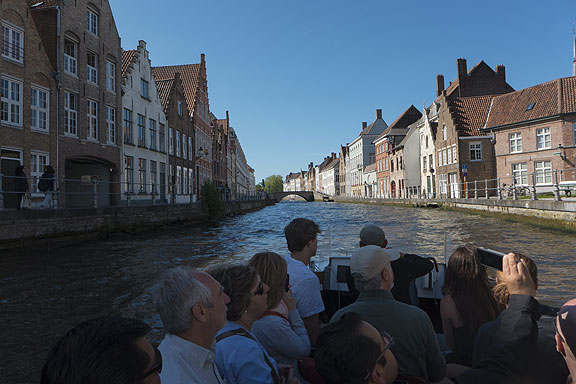
Bruges canal ride, old 16th century buildings all lovingly restored to attract the big tourism that holds the town up now.
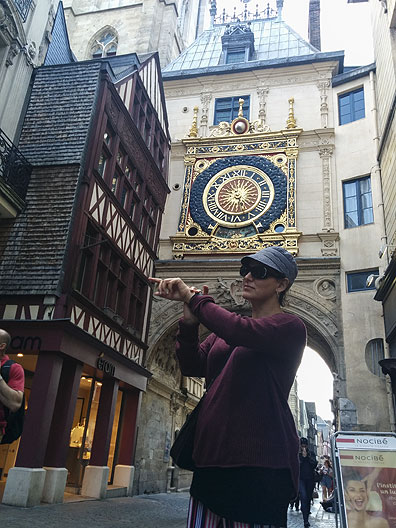
Is this the 16th century? The Grand Horloge (clock) that sits in the center of the pedestrian shopping district today… still a gorgeous structure.

We found a quaint cafe sitting on an open waterway that all the businesses just build small cement ramps over…. so practical! so beautiful!
June 9
Drove through the northwestern French countryside from Rouen to Bayeux to see the famous tapestry. I loved it—another example of telling history, in some ways it can be seen as the logical starting point of the panoramas that were known as “Cycloramas” that 19th century Americans used to share epic historic tales of the Civil War and other historic episodes. The tapestry tells one of the early tales of the 100-Year-War between various French and English kings and their vassals and duchies… it’s a wild, complicated tale over the 116 years that were the period in which the modern states of France and England consolidated themselves as centralized monarchies. It tells the tale of the lead-up to the 1066 Battle of Hastings between King Harold and William the Conqueror, in which the once “William the Bastard” got his name after leading a Norman army into England and defeating the then-king Harold. An amazing 900-year-old embroidery (not technically a tapestry as it was not woven), I could not help feeling an extra resonance resulting from the age and uniqueness of the object, as well as it being such an early form of “media,” recording a history that is so ensconced in the history of “western civilization.”

Going along the lengthy tapestry, which tells the story of the conflict between King Harold and William the Bastard (later the Conqueror), we were glad for the audio guide that explained it section by section.
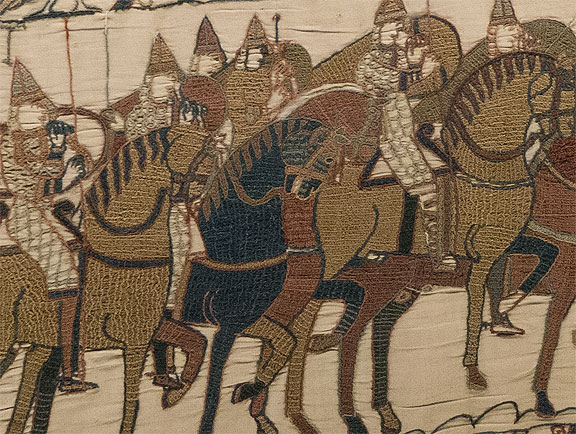
Close-up on the horsemen… amazing to realize this was one of the first big recordings of history…. would we know so much about the Battle of Hastings if this hadn’t been created?
June 10
Mont St. Michel, radically intensified as a tourist destination since my parents last visited about 14 years ago. We took two hours in the Abby amidst the crowds of tourists, using the well designed audio guides that work on hand-held phone-like devices. I assume there is a small memory holding all the numbered stops, and the subsidiary “extra info” options too, which I thought added a lot (like a brief account of the food the visiting knights ate after you’ve heard about the room where they ate and enjoyed walking around the empty arched room with light pouring in. One spot in particular—in the courtyard (restored to lawn and flowers in 1965) the various sculpted icons of saints and virgins were wrecked in the French revolution—and they still are! Hard not to feel that frisson of authenticity when standing in front of a beheaded sculpture of a saint, knowing someone in a true rage against the domination of the Catholic Church did it with their hammer!
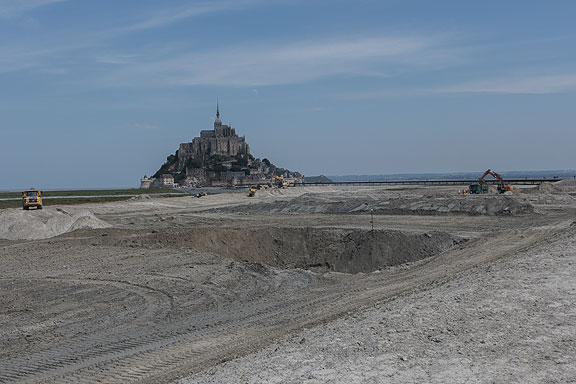
Approaching Mt. St. Michel now is to pass through an epic reorganization of the local tidelands to accommodate the endless flow of tourists.
But after the first thought, it becomes grist for the meta-pondering of history—why some “truths,” some histories, are easier to believe, easier to embrace, while others are so easily flushed, forgotten, degraded, etc.
In Poitiers we strolled around the medieval center of town to find the Baptistère St. Jean, an amazing 4th century structure built over a Roman ruin, and on the other side of the old city the church of St. Hilaire, built originally in 1049! Inside both the 4th century Baptistère and in St. Hilaire, there are fresco murals in surprisingly good shape, esp. in St. Jean. These paintings are a thousand years old! Thoughts of representing history drop away when face to face with these incredibly old relics of “real history.” But why are these images and structures so resonant? It’s true I feel the same way when I’m in a Mayan ruin in Yucatan, or other similarly ancient site. But coming from San Francisco and focusing as I do on social history with a strong foundation of ecological history, it’s interesting to be confronted with structures and representations so unimaginably older than anything we talk about at home. Even older was the sculpture we found at the opening of the Museé d’Accitain in Bordeaux—a carved image of a woman reputed to be 25,000 years old! Dang!
In the same museum they had a special exhibition on a 19th century rural photographer, self-taught, named Félix Arnaudin (1874-1921) who spent his whole life trying to photographically document the vanishing culture of southwest France. In the exhibition you see fantastic images he shot, but even more fascinating was the transparent presentation of how he organized and staged every one of his photos. He decided who would be in the images, what they would wear, what the background would be, what tools they would have, etc. So it’s a long way from the cinema verité pretensions of “in-the-moment” documentary photography as it has developed. Instead, he used photography to systematically present an archaic, rural life that he knew was being destroyed by a massive pine tree planting program instigated by the French government, wiping out the historic pastoral sheep grazing wetlands and open fields. In one display case they showed his sketches for the image of the women along a levee, and how he had staged it in different locations and taken the shot in multiple forms until he finally arrived at the one that he settled on. It raises a whole different set of questions about authenticity and recording, and the role of the scribe (in this case the photographer) in creating a historic record.
I am just going to put them all in here at the end of this post, along with a couple of images of the slavery exhibition in the same museum… glad they cop to the fact that Bordeaux was a major contributor to and beneficiary of the slave trade, primarily with regard to Haiti (Saint Domingue), until the successful revolt there in 1791-1804…
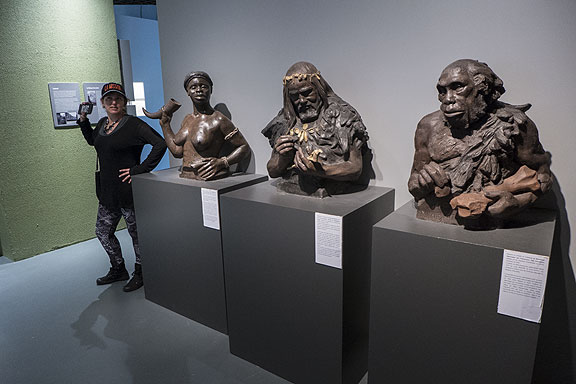
This odd group greets you as you enter the pre-history section… deep Eurocentric racism still on display… ostensibly Cro-magnon man, Neanderthal, and an African woman…
Félix Arnaudin photos:

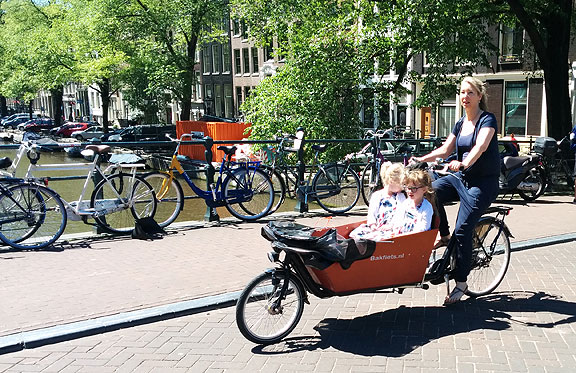
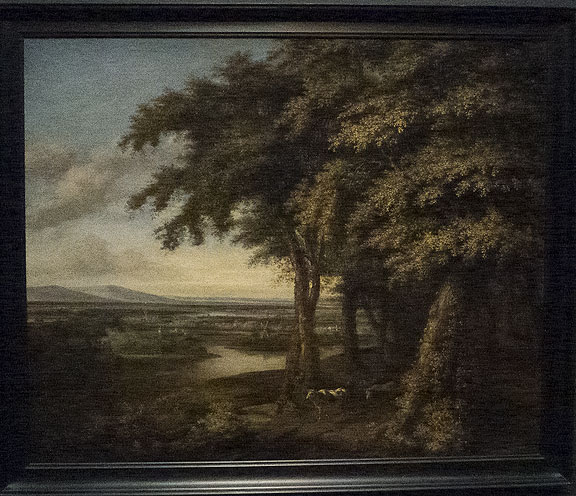
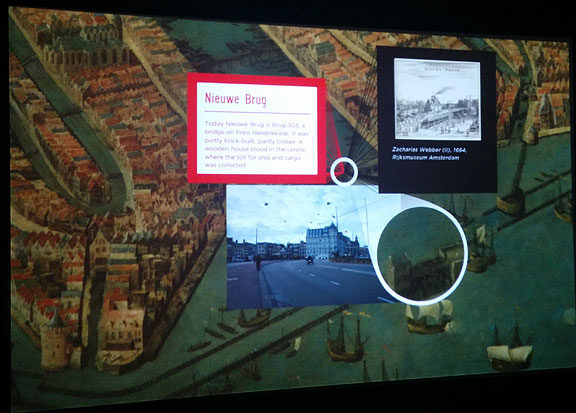
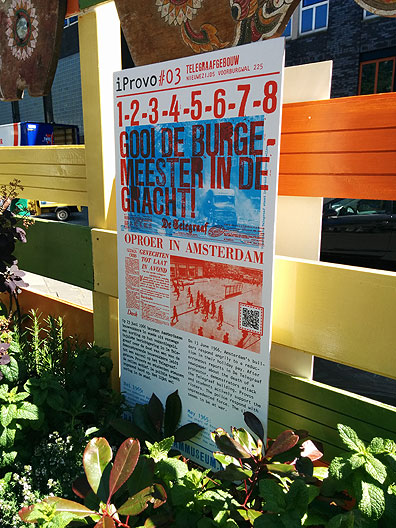
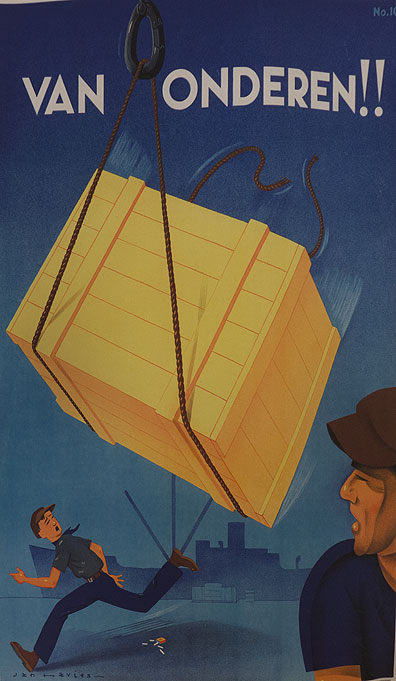
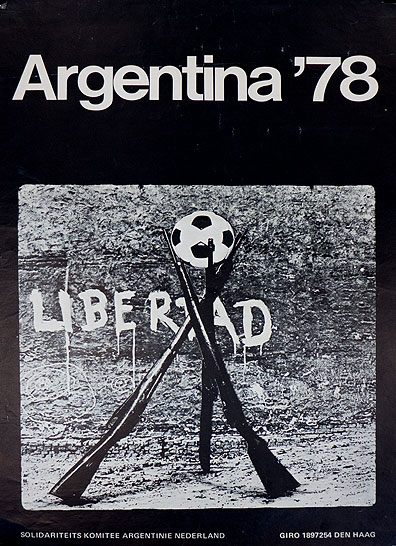
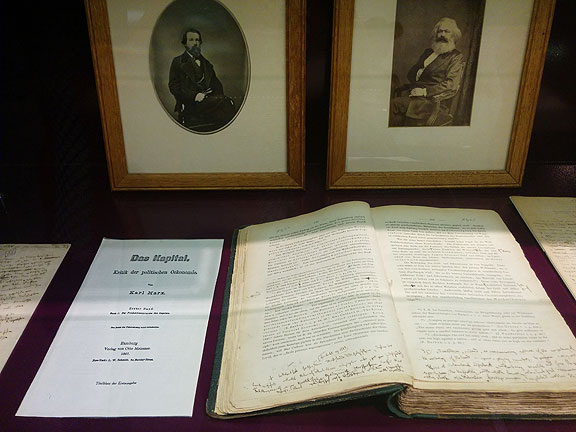
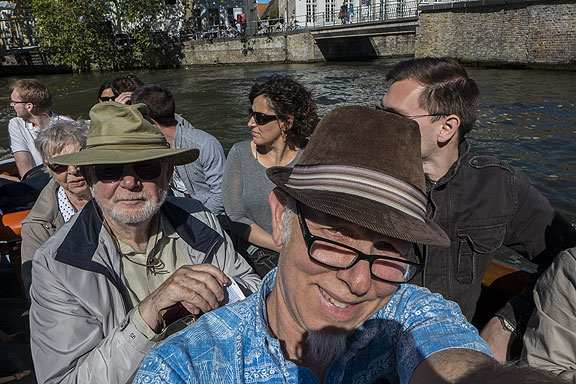
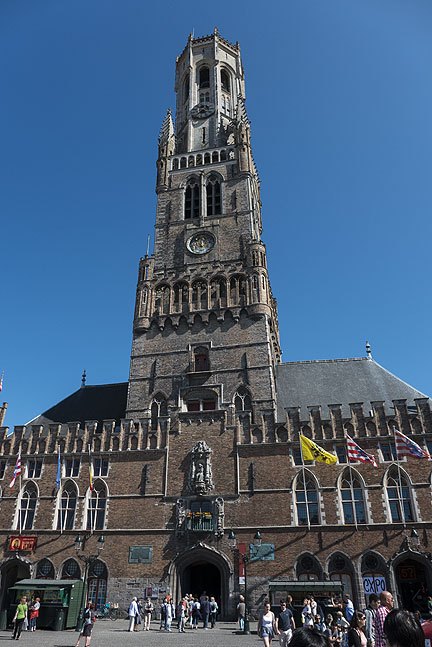

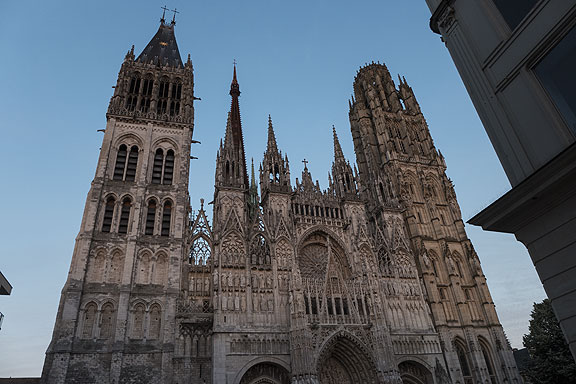
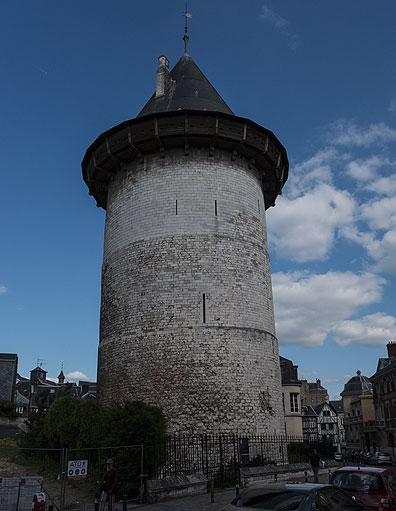
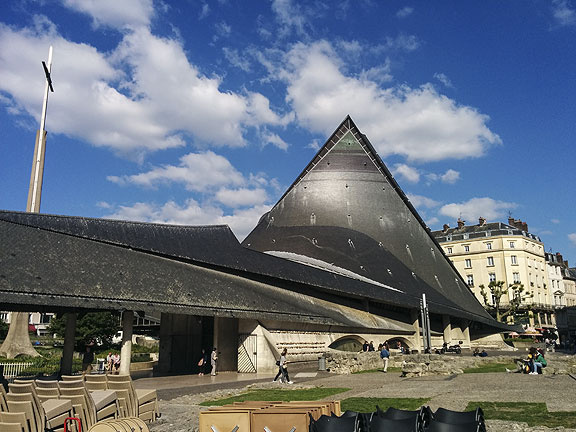
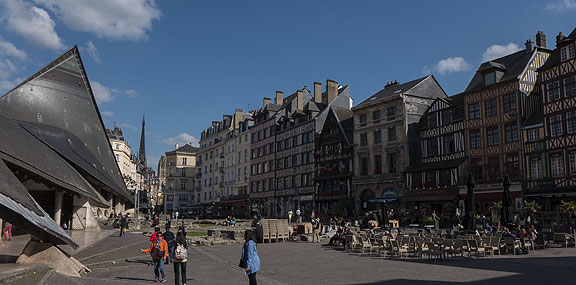

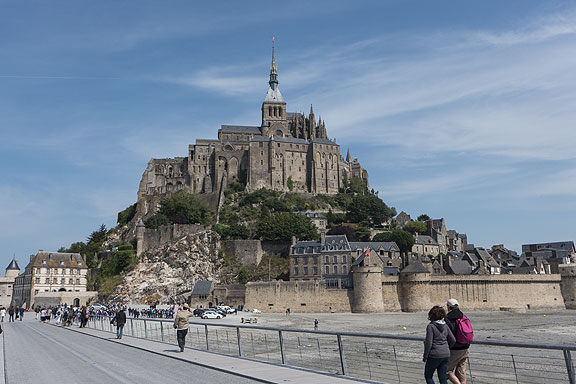
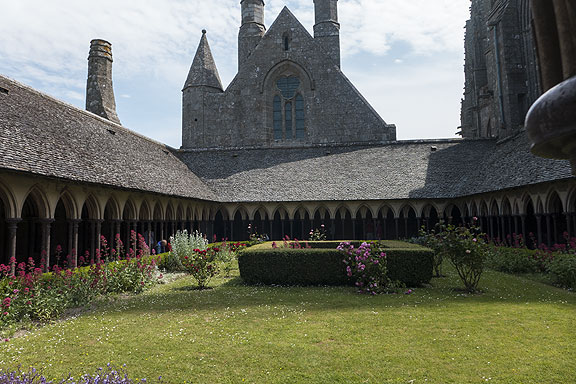
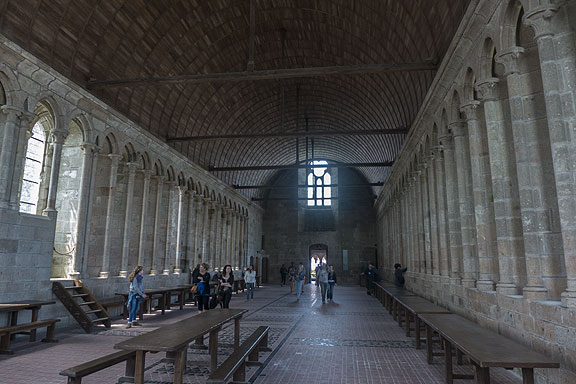

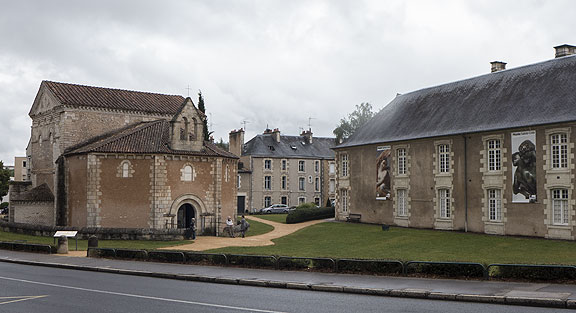
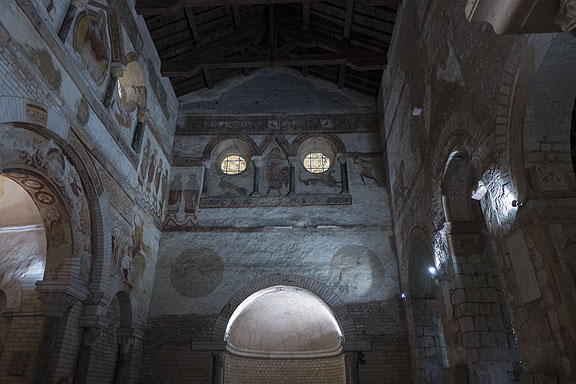
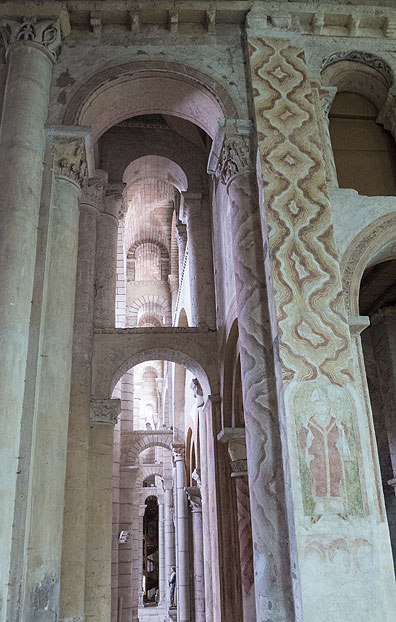
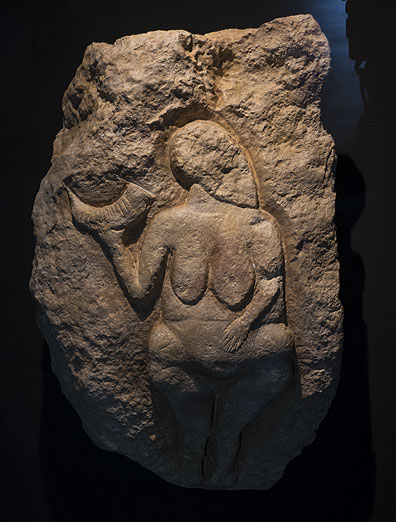
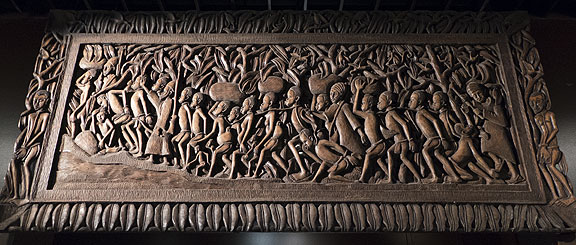
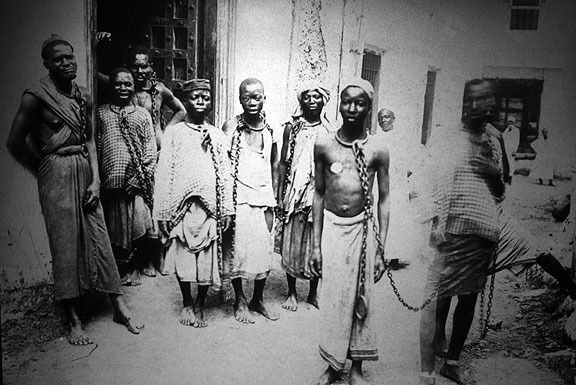
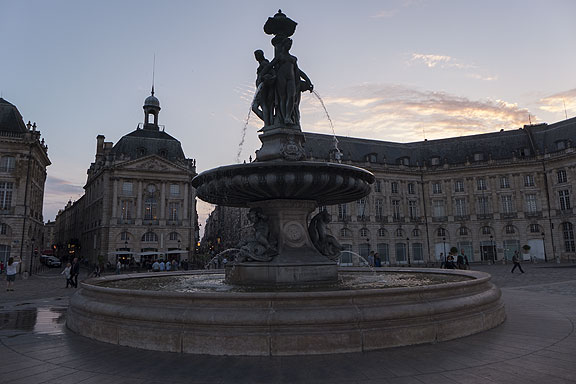
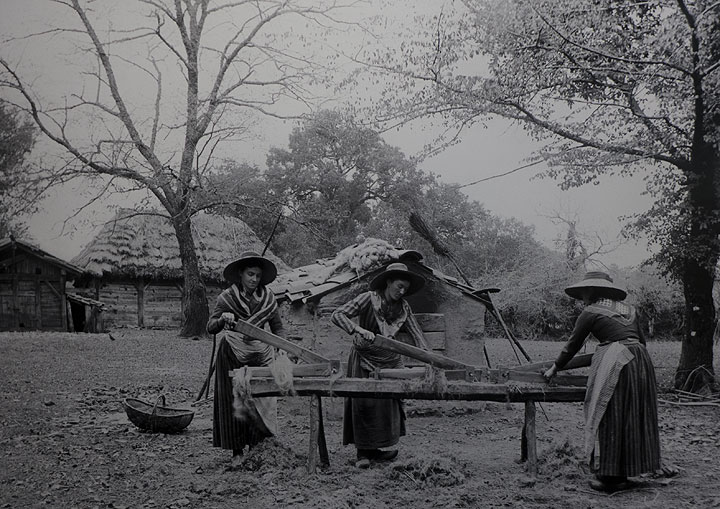
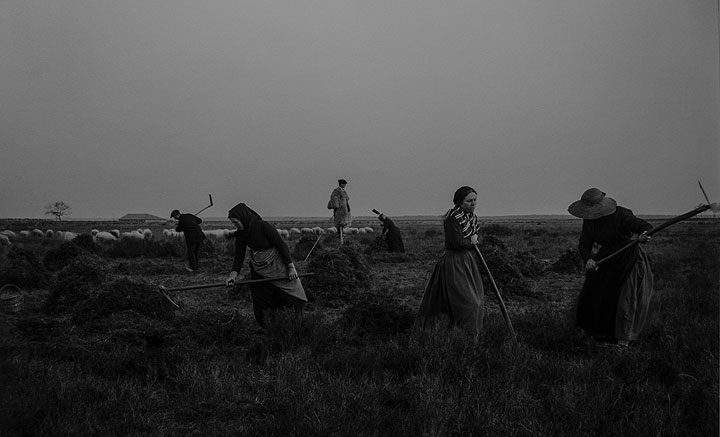
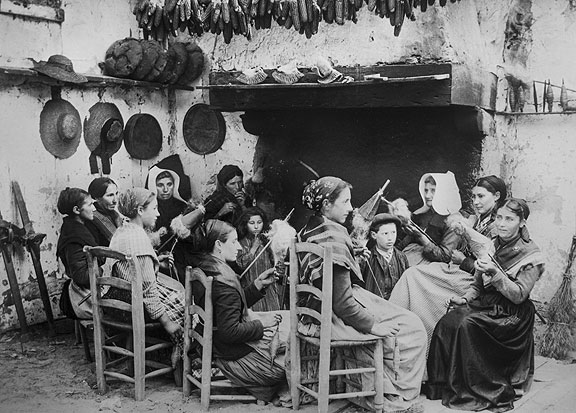
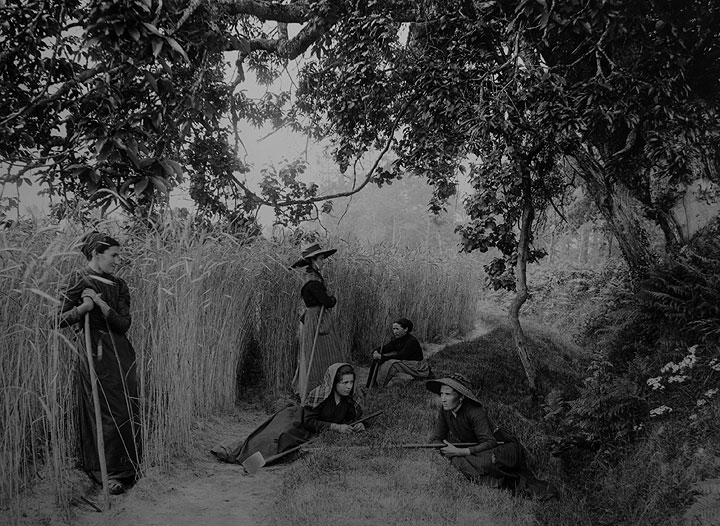
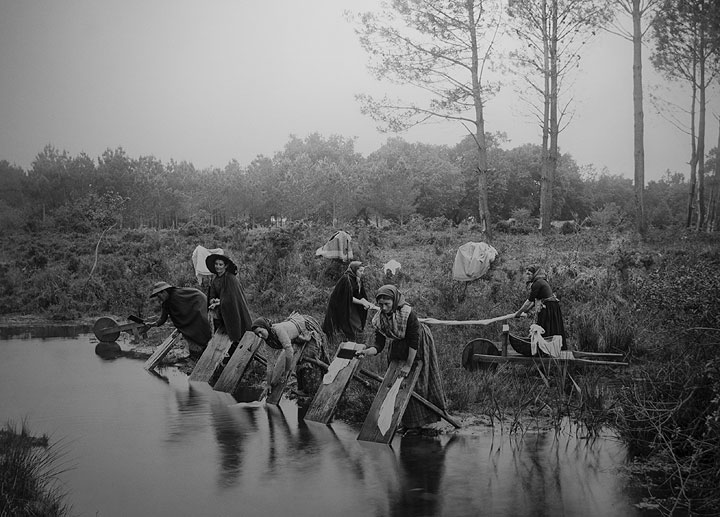

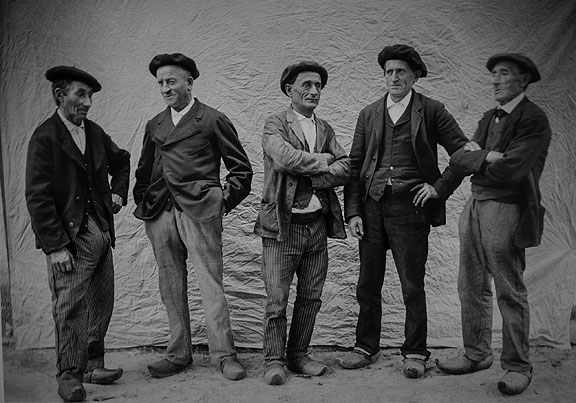











Leave a Reply